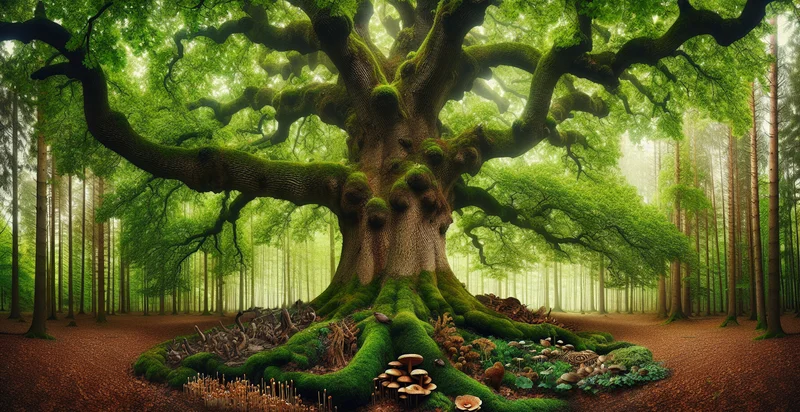Identify if a tree is healthy
using AI
Below is a free classifier to identify if a tree is healthy. Just upload your image, and our AI will predict if a tree is healthy - in just seconds.

Contact us for API access
Or, use Nyckel to build highly-accurate custom classifiers in just minutes. No PhD required.
Get started
import nyckel
credentials = nyckel.Credentials("YOUR_CLIENT_ID", "YOUR_CLIENT_SECRET")
nyckel.invoke("if-a-tree-is-healthy", "your_image_url", credentials)
fetch('https://www.nyckel.com/v1/functions/if-a-tree-is-healthy/invoke', {
method: 'POST',
headers: {
'Authorization': 'Bearer ' + 'YOUR_BEARER_TOKEN',
'Content-Type': 'application/json',
},
body: JSON.stringify(
{"data": "your_image_url"}
)
})
.then(response => response.json())
.then(data => console.log(data));
curl -X POST \
-H "Content-Type: application/json" \
-H "Authorization: Bearer YOUR_BEARER_TOKEN" \
-d '{"data": "your_image_url"}' \
https://www.nyckel.com/v1/functions/if-a-tree-is-healthy/invoke
How this classifier works
To start, upload your image. Our AI tool will then predict if a tree is healthy.
This pretrained image model uses a Nyckel-created dataset and has 2 labels, including Healthy Tree and Unhealthy Tree.
We'll also show a confidence score (the higher the number, the more confident the AI model is around if a tree is healthy).
Whether you're just curious or building if a tree is healthy detection into your application, we hope our classifier proves helpful.
Related Classifiers
Need to identify if a tree is healthy at scale?
Get API or Zapier access to this classifier for free. It's perfect for:
- Urban Tree Health Monitoring: Cities can use the 'if a tree is healthy' identifier to regularly assess the condition of urban trees. This can help municipal departments prioritize maintenance, identify trees that need treatment, and ensure public safety in parks and green spaces.
- Agricultural Management: Farmers can implement this classification function to monitor the health of trees within orchards or vineyards. By identifying unhealthy trees early, they can take timely action to prevent pests or diseases from spreading and improve overall crop yields.
- Forestry Conservation: Environmental organizations can utilize the tree health identifier to assess the vitality of trees in forests and conservation areas. This information helps in developing strategies for reforestation and conservation efforts by highlighting areas that need intervention.
- Insurance Assessment: Insurance companies can employ the classification function to evaluate the health of trees on properties. This can facilitate the underwriting process for homeowners' insurance policies and improve claims processing after natural disasters, reducing potential losses.
- Landscaping Services: Landscaping businesses can use the identifier to deliver better services to their clients by assessing tree health on residential and commercial properties. This can streamline maintenance schedules and inform clients about necessary treatments or removals for unhealthy trees.
- Carbon Footprint Reduction: Companies aiming to enhance their sustainability efforts can use the tree health identifier to optimize their tree planting and maintenance initiatives. Healthy trees contribute to carbon offset programs, and using this function can help ensure that planted trees thrive.
- Educational Programs: Schools and universities can adopt this classification function in environmental science and ecology curricula. By integrating tree health monitoring into their programs, students can engage in hands-on learning experiences that promote awareness and responsibility towards urban and natural ecosystems.


